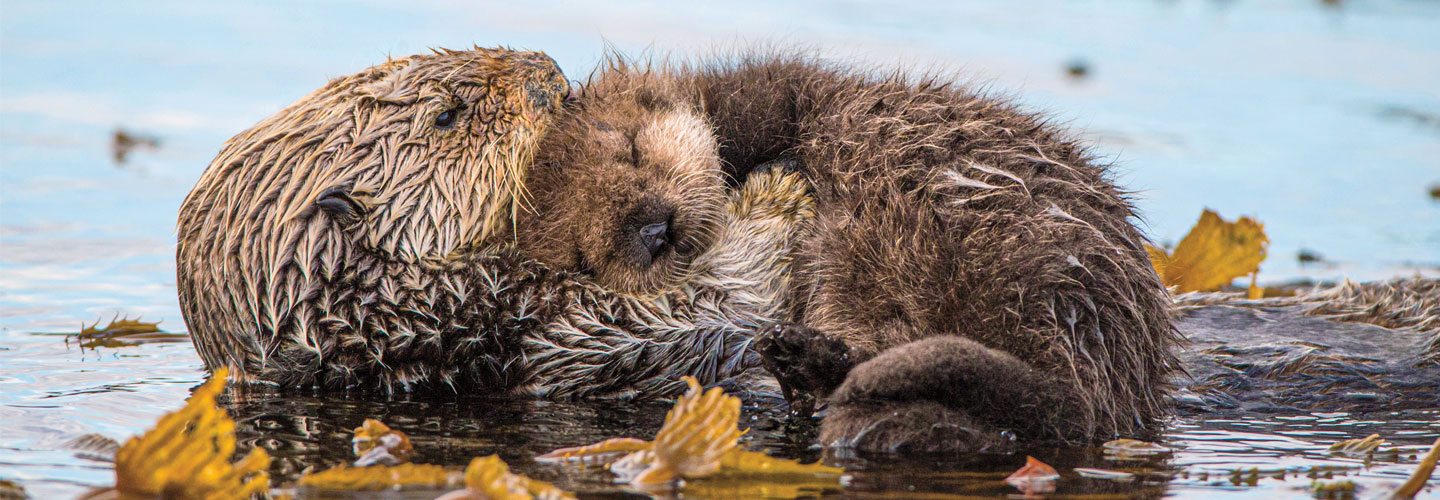Off the western coast of North America in the frigid seas of the North Pacific Ocean, the fuzzy heads of sea otters bob up and down on the surface of the water. As the smallest aquatic mammals on Earth, sea otters spend nearly their entire lives floating and swimming in the sea, rarely venturing ashore.
Scientists have long wondered how the animals manage to keep their bodies warm enough to spend so much time in the chilly waters, which can dip to 0 degrees Celsius (32 degrees Farenheit). A human could survive only several minutes in water that cold before succumbing to hypothermia—a potentially dangerous drop in body temperature. That’s because water transfers heat about 23 times faster than air of the same temperature, rapidly drawing away an animal’s body heat.
In the icy North Pacific Ocean, the fuzzy heads of sea otters bob up and down on the water’s surface. The animals live off the western coast of North America. Sea otters are the smallest aquatic mammals on Earth. For nearly their entire lives, they float and swim in the sea. They rarely come ashore.
These waters can dip to 0°C (32°F). How do the animals’ bodies stay warm enough to spend so much time in chilly seas? Scientists have wondered that for a long time. Humans could survive only several minutes in water that cold. Then a dangerous drop in body temperature called hypothermia would overcome them. That’s because water carries away heat about 23 times faster than air of the same temperature. It quickly draws away an animal’s body heat.

